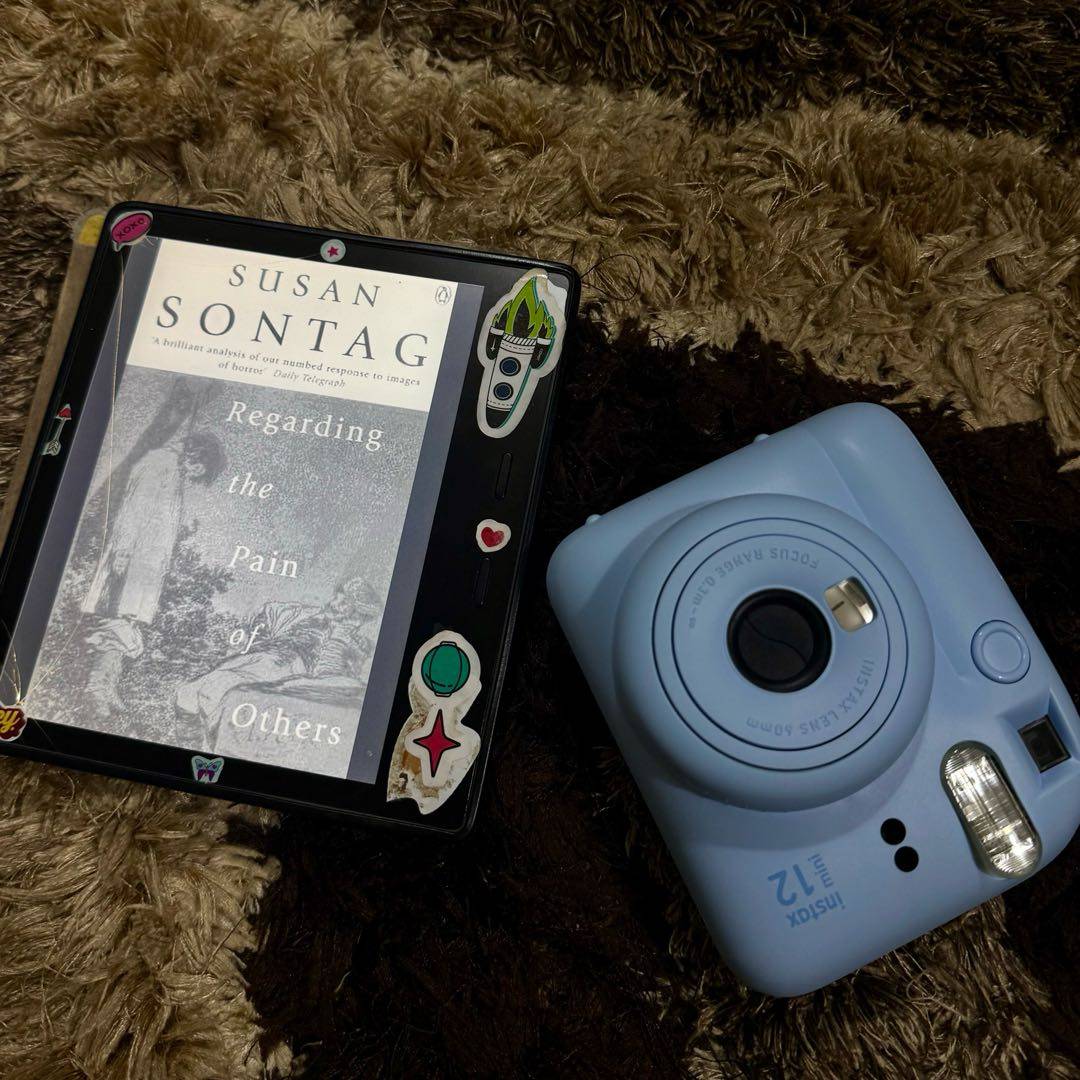
“Maybe this is what barbarians look like. (They look like everybody else.) That being said, one person‘s “barbarian” is another person‘s “just doing what everybody else is doing.” (How many can be expected to do better than that?)

“Maybe this is what barbarians look like. (They look like everybody else.) That being said, one person‘s “barbarian” is another person‘s “just doing what everybody else is doing.” (How many can be expected to do better than that?)

How do photographic images of suffering affect us? It‘s such a relevant question in our culture, because we are surrounded by visual representations of the effects of violence and war all the time. In this short book, Susan Sontag also revisits and questions her own views published in her earlier work, On Photography. It gave me much to ponder.
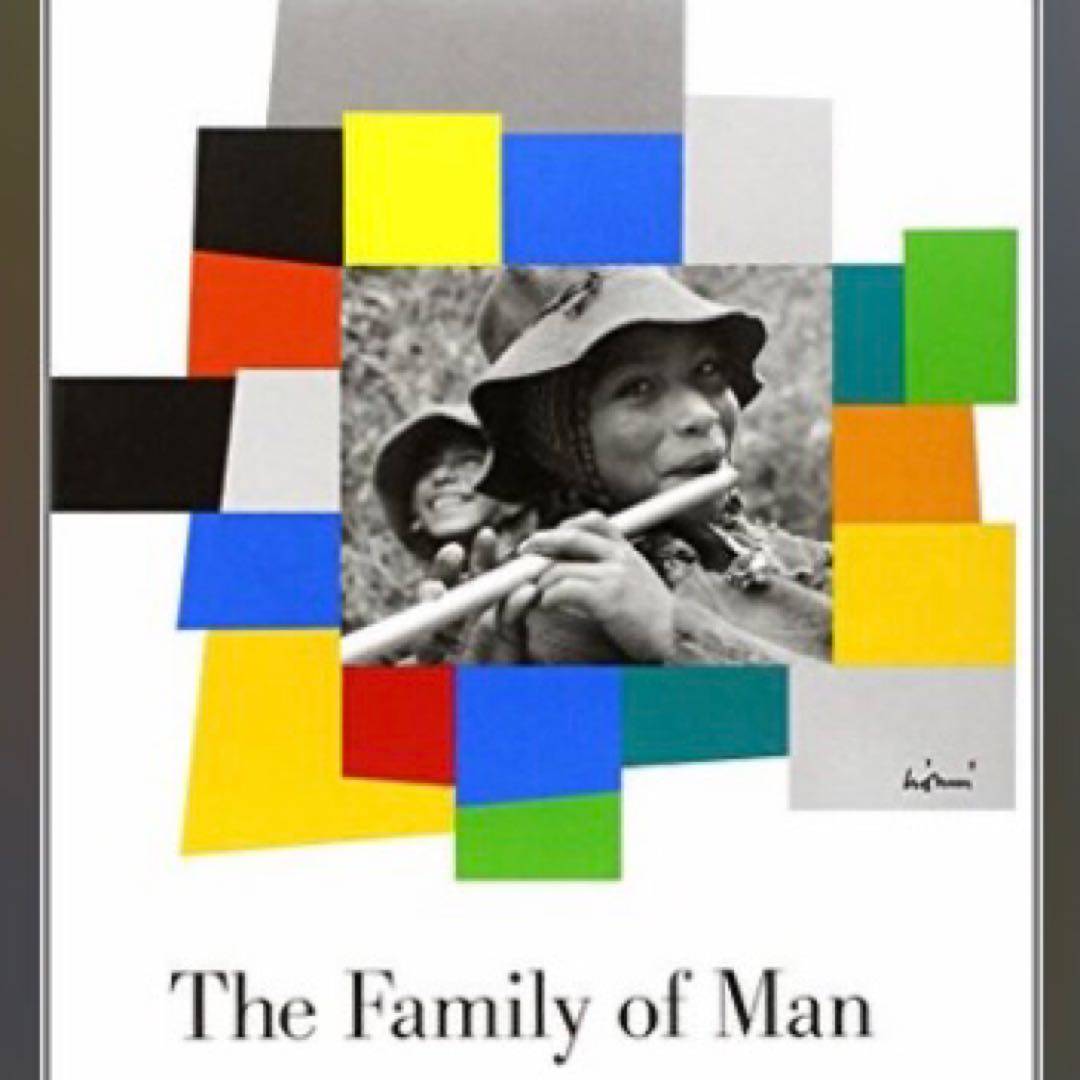
The problem is in the pictures themselves […] in their focus on the powerless, reduced to their powerlessness. It is significant that the powerless are not named in the captions.
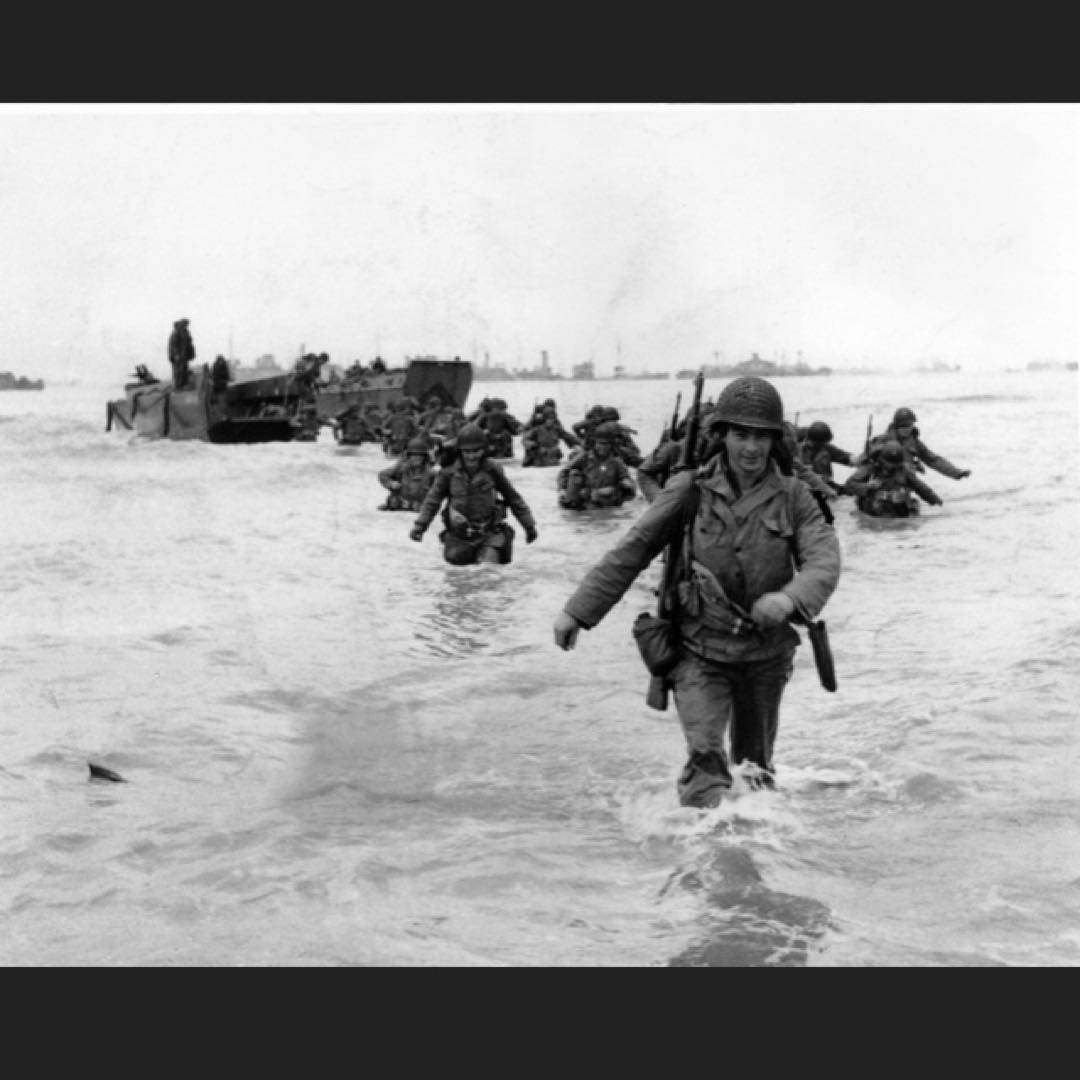
By the time of the landing in France—June 6, 1944—photographs of anonymous American casualties had appeared in a number of newsmagazines, always prone or shrouded or with their faces turned away. This is a dignity not thought necessary to accord to others. The more remote or exotic the place, the more likely we are to have full frontal views of the dead and dying.
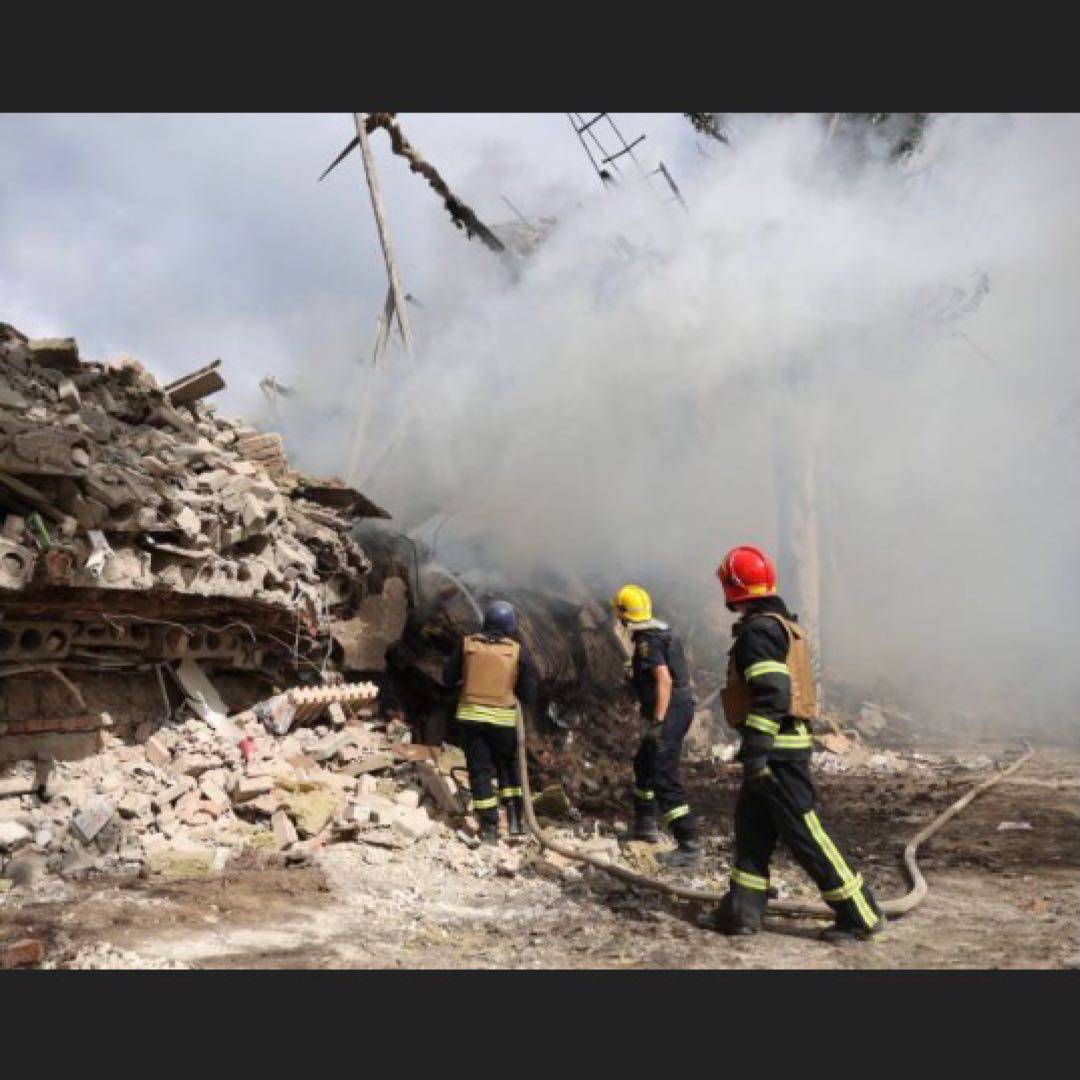
Photographs of an atrocity may give rise to opposing responses. A call for peace. A cry for revenge. Or simply bemused awareness, continually restocked by photographic information, that terrible things happen.
(Internet photo)

Harrowing photographs do not inevitably lose their power to shock. But they are not much help if the task is to understand. Narratives can make us understand. Photographs do something else: they haunt us.
(Internet photo — Migrant Mother; Dorothea Lange)
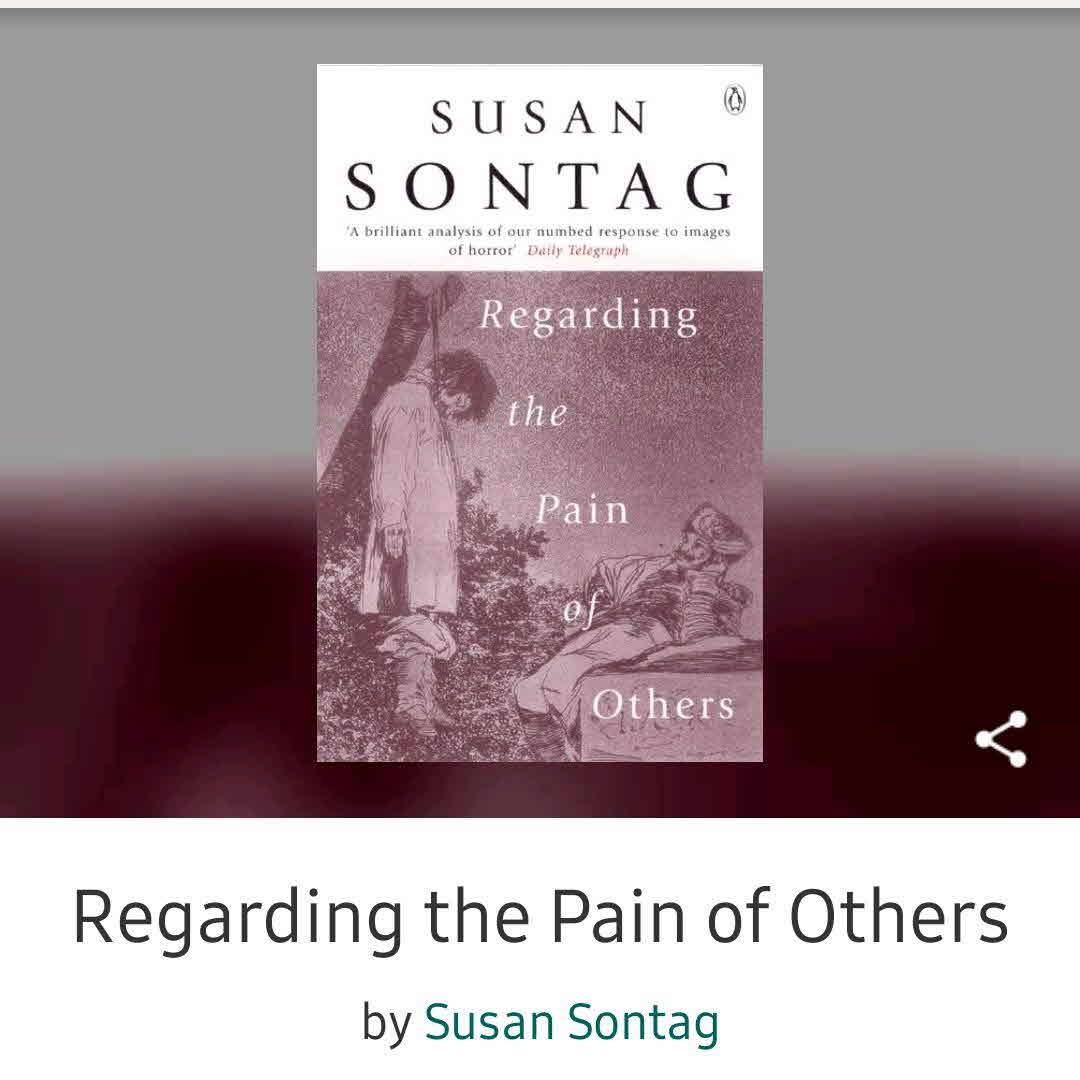
Up early this morning just couldn't sleep so I finished my book.
Review: I have mixed opinions about this book.
It didn't wow me or have big events or anything going on but it did cover some interesting topics which was fascinating to read about.
#readingmyownbooks #painandsuffering #readathon #reading #currentlyreading #readingmyshelves #read #books #bookworm
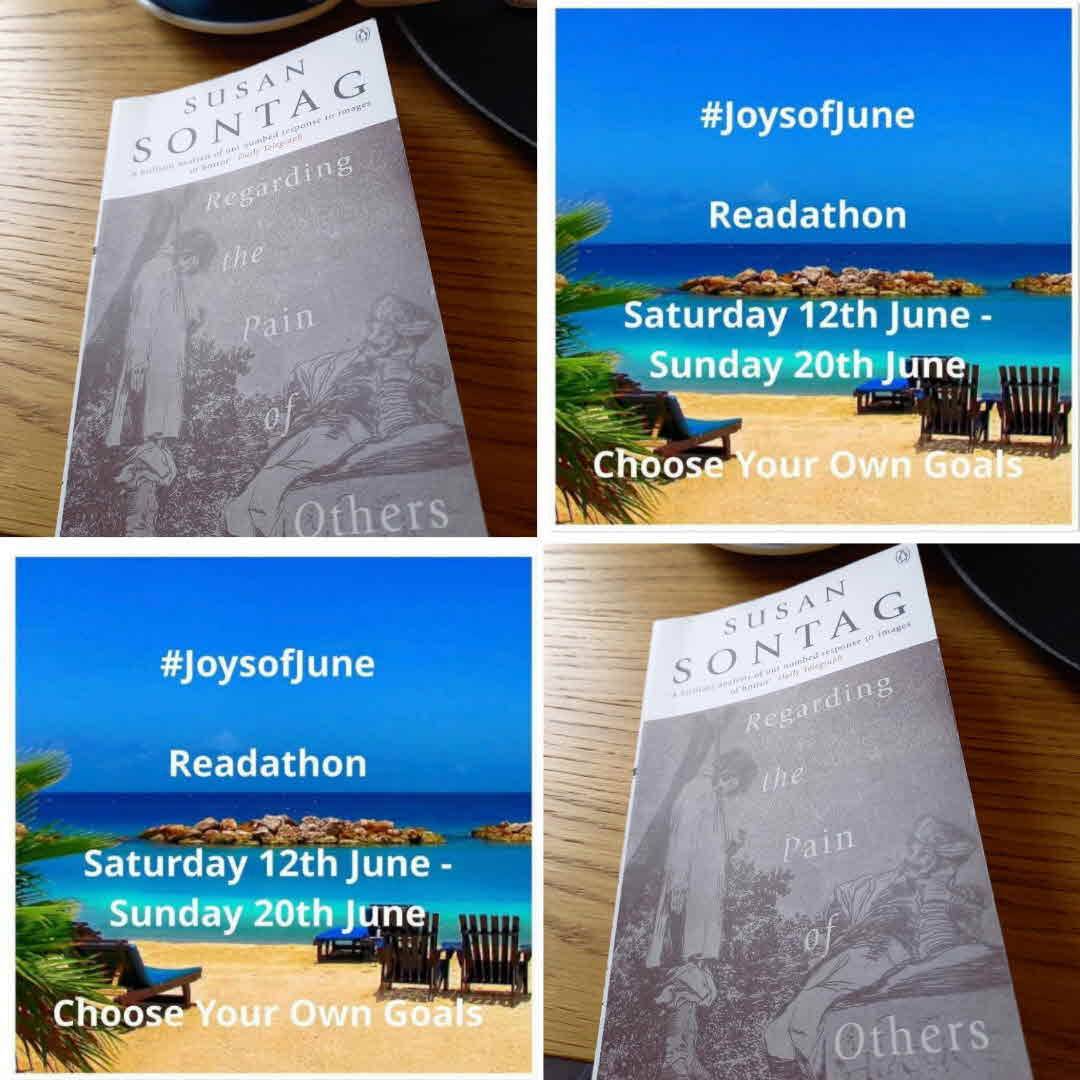
Switching book's as the other was not keeping my attention.
So now I am reading Regarding the pain of other's by Susan Sontag and I find it very interesting her thought and opinions mirror mine a lot she's also very blunt her delivery. #joysofjune
@Andrew65
Decided to go to Carlisle waterstones and read because why not!
#readingmyownbooks #reading #femaleauthor #readathon #booknerd #read #servingthetea #joysofjune #currentlyreading #warhistory
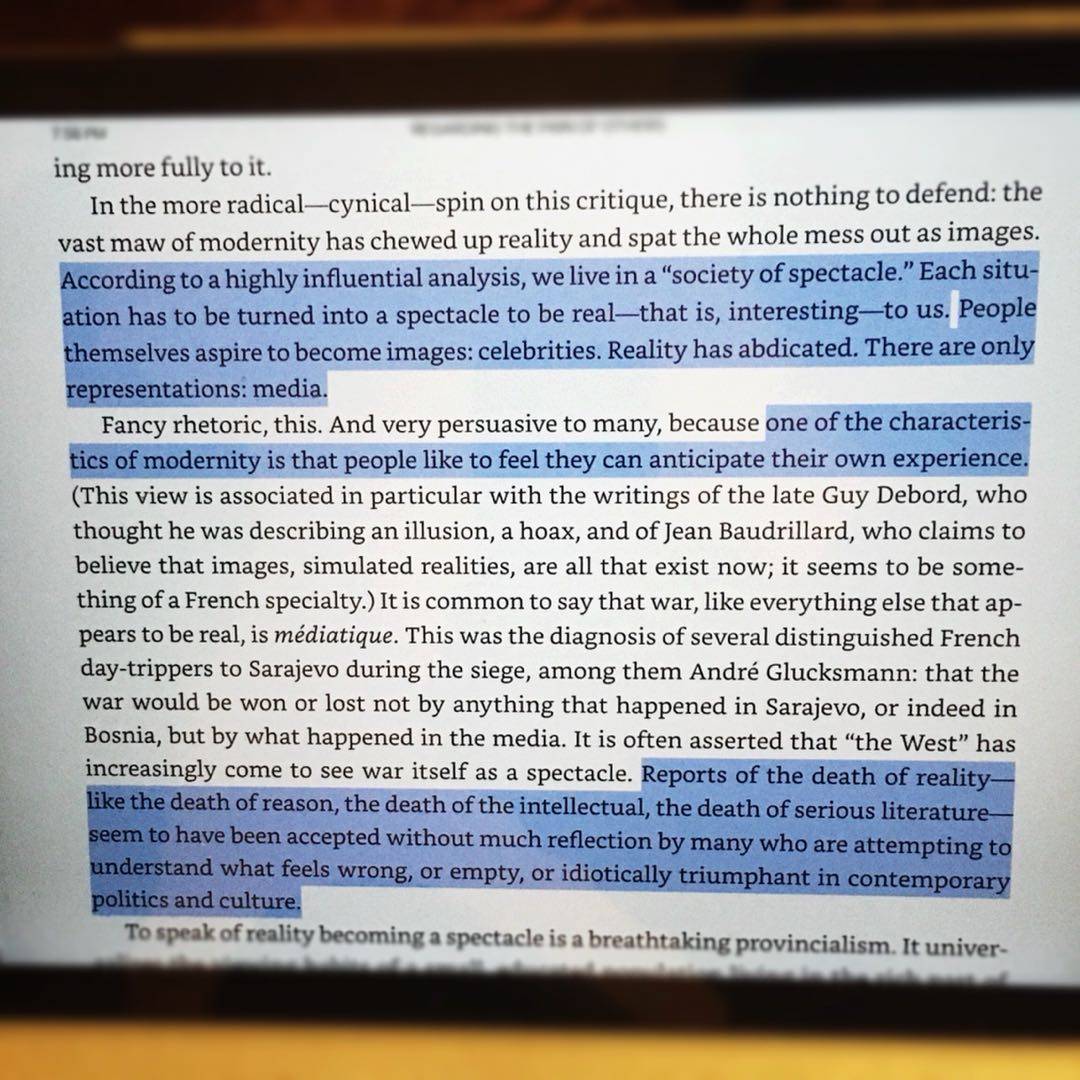
Susan Sontag‘s final work, critique of visual culture & photography as a medium to represent suffering, war & violence. Standard Sontag sharp observations, but not always drawn to conclusion. Veracity vs. artistry, evidence vs. POV. Necessity of photography to remember & document atrocities vs. necessity to “forget” certain long-held conflicts to reach peace. Shock, habituation, collective memory, compassion, image-glut, “death of reality.” 2004
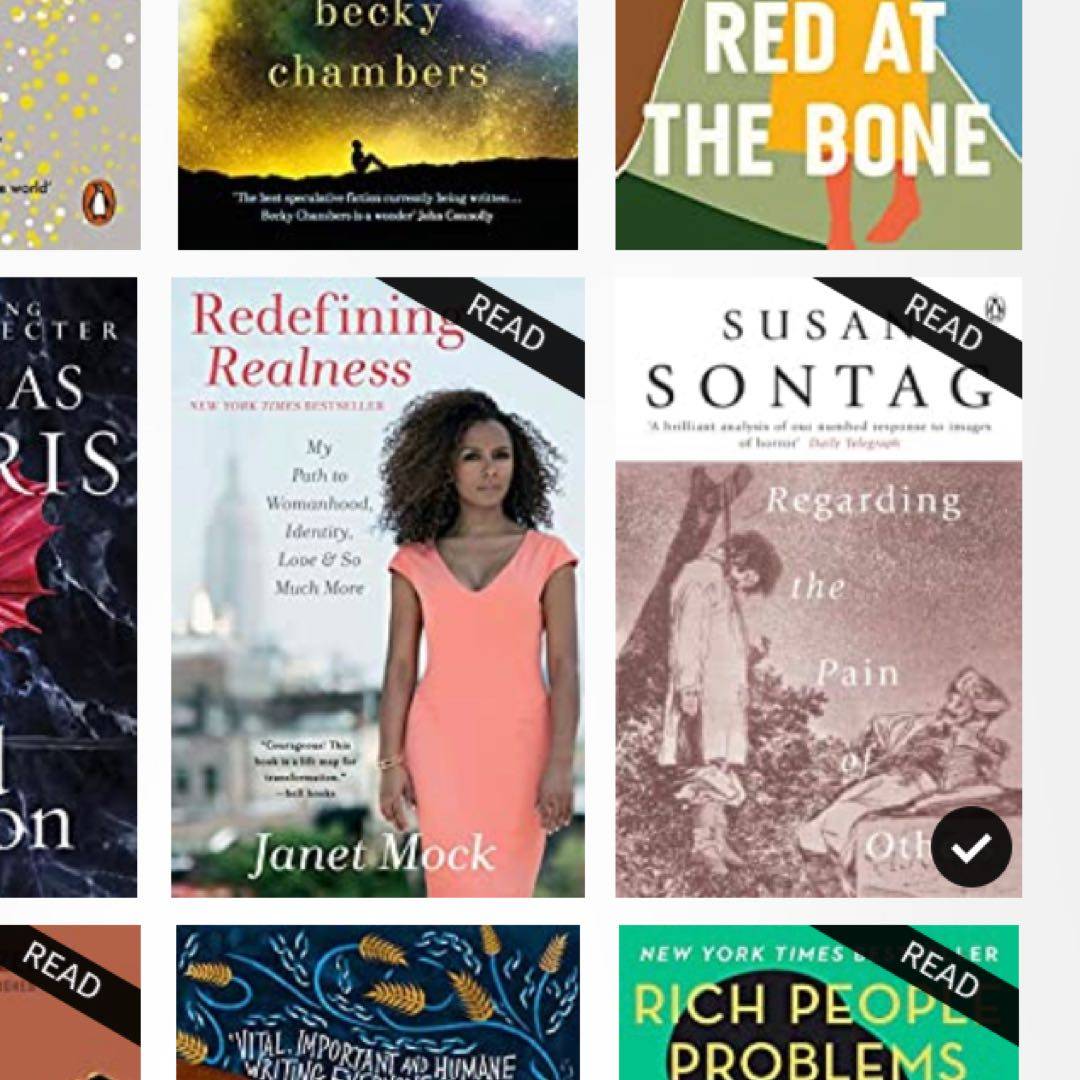
A harrowing and insightful look at war photography and what it means to us and changes our perceptions of war. I learned a lot from this and felt like it really broadened my mind. I‘ve seen some people have issues with her discussion of lynching in the USA, but that section wasn‘t in this edition so it might have been edited?
#wintergames2020 #merryreaders @Clwojick +16
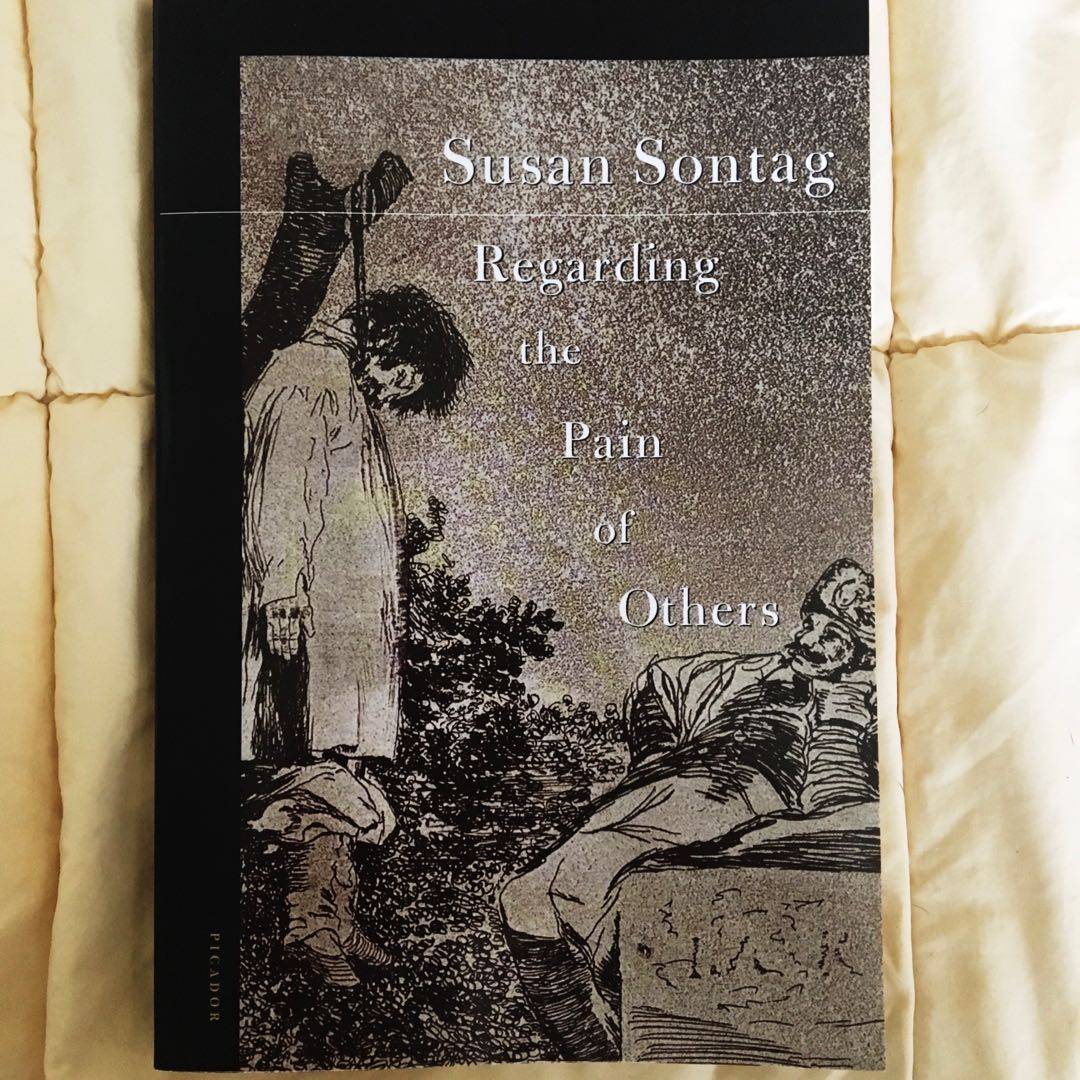
I read this because it was referenced in another book I just finished about immigrants crossing the Mexican border. Sontag‘s argument is more specifically about regarding the pain of others in photographs and television. It reminds me of a book I would have been assigned to read in college. (I probably would have but I graduated the year before it was published.) Definitely a thought-provoking read for our media-obsessed culture.
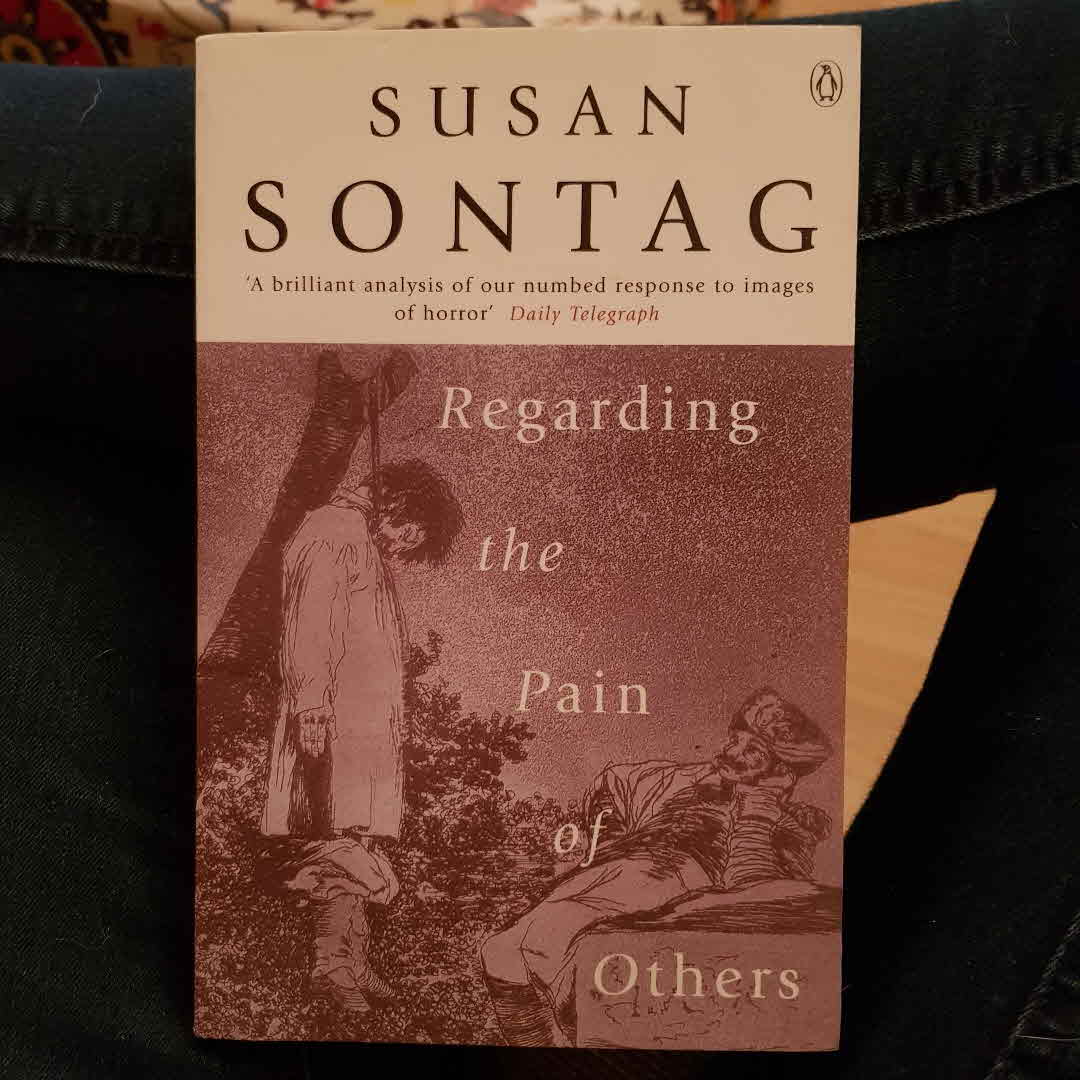
If every violent image leaves a #scar on our conscience, will we eventually become numb to the suffering around us?
Susan Sontag examines the use of imagery in Western society in this short, impactful book.
#MarchintoOz @Cinfhen @Lizpixie
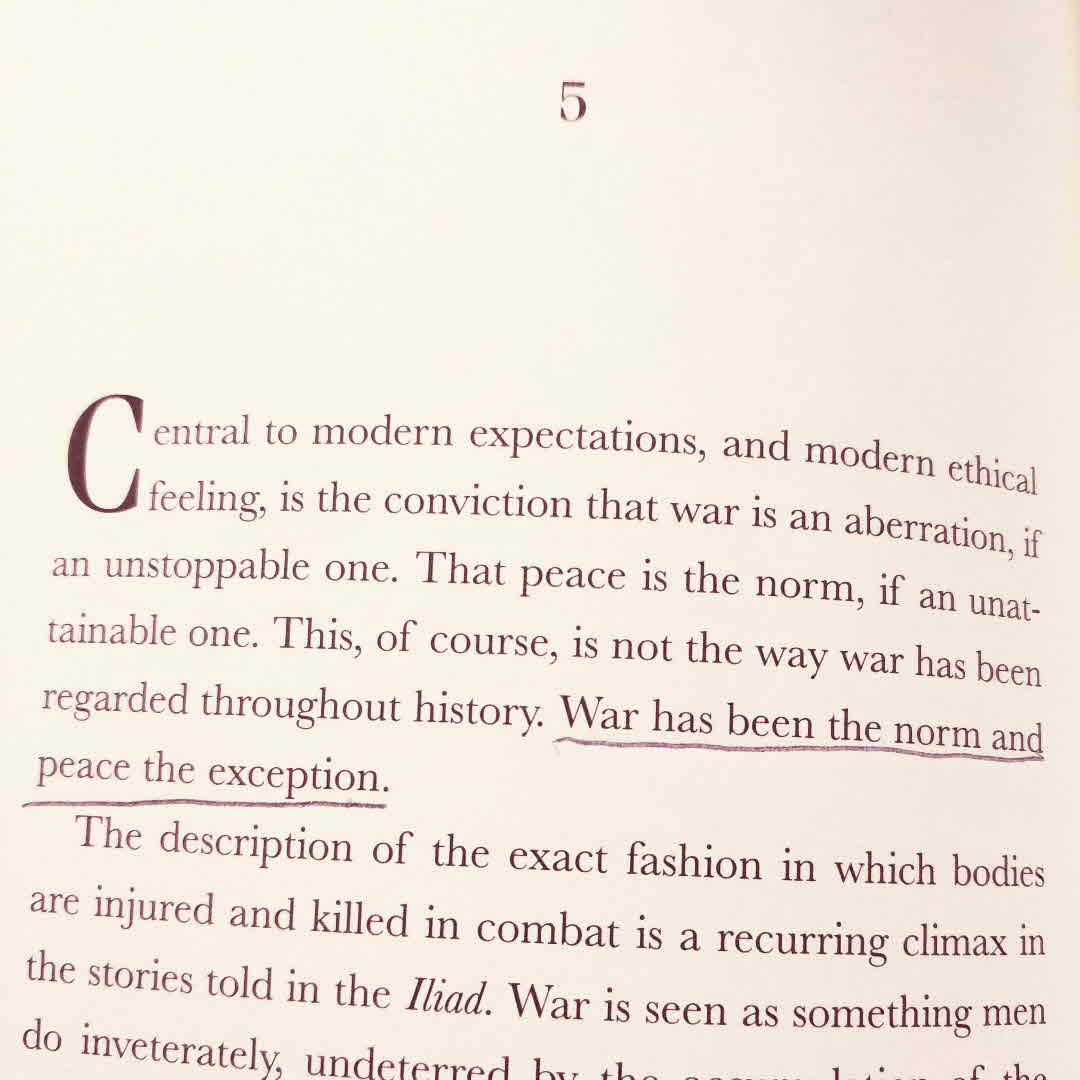
That peace is the norm, if an unattainable one. This, of course, is not the way war has been regarded through out history. War has been made the norm and peace the exception.
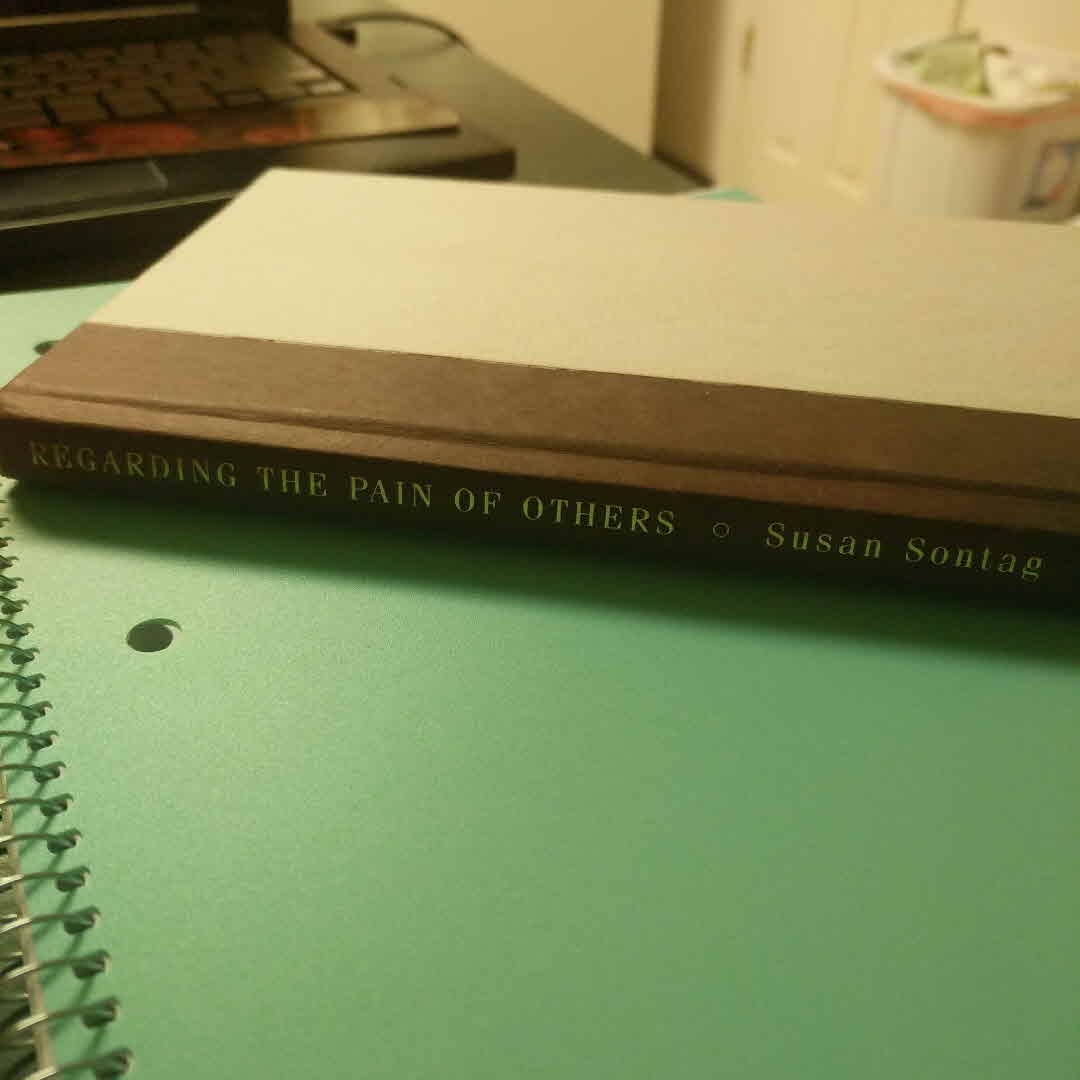
Susan Sontag is one of the most influential academic writers of the 20th century. Here she paints a view of photography's ability to effect people's emotions about graphic depictions of war.
I found the book enlightening in terms of how we become numb to the suffering of others because of war-time images. We lose our ability to be shocked by graphic images and find ourselves less able to emphasize with the victims of tragedies.
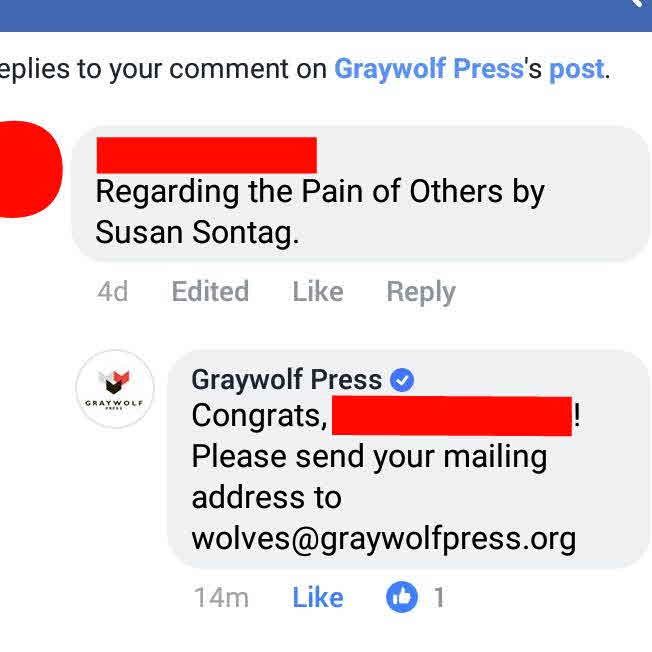
I finally won a Graywolf Press giveaway! I'm so excited to see what book I get.
Her analysis of souvenir photographing of lynchings is really racist and disingenuous, proceeding from an assumption that that level of racist violence belongs only to "the distant past," and centered on a very defensive line of questioning about "blame," because everything has to be about our personal feelings of innocence as white Americans. So much for "intellectual rigor."
"But the photographic image, even to the extent that it is a trace (not a construction made out of disparate photographic traces), cannot be simply a transparency of something that happened. It is always the image that someone chose; to photograph is to frame, and to frame is to exclude."
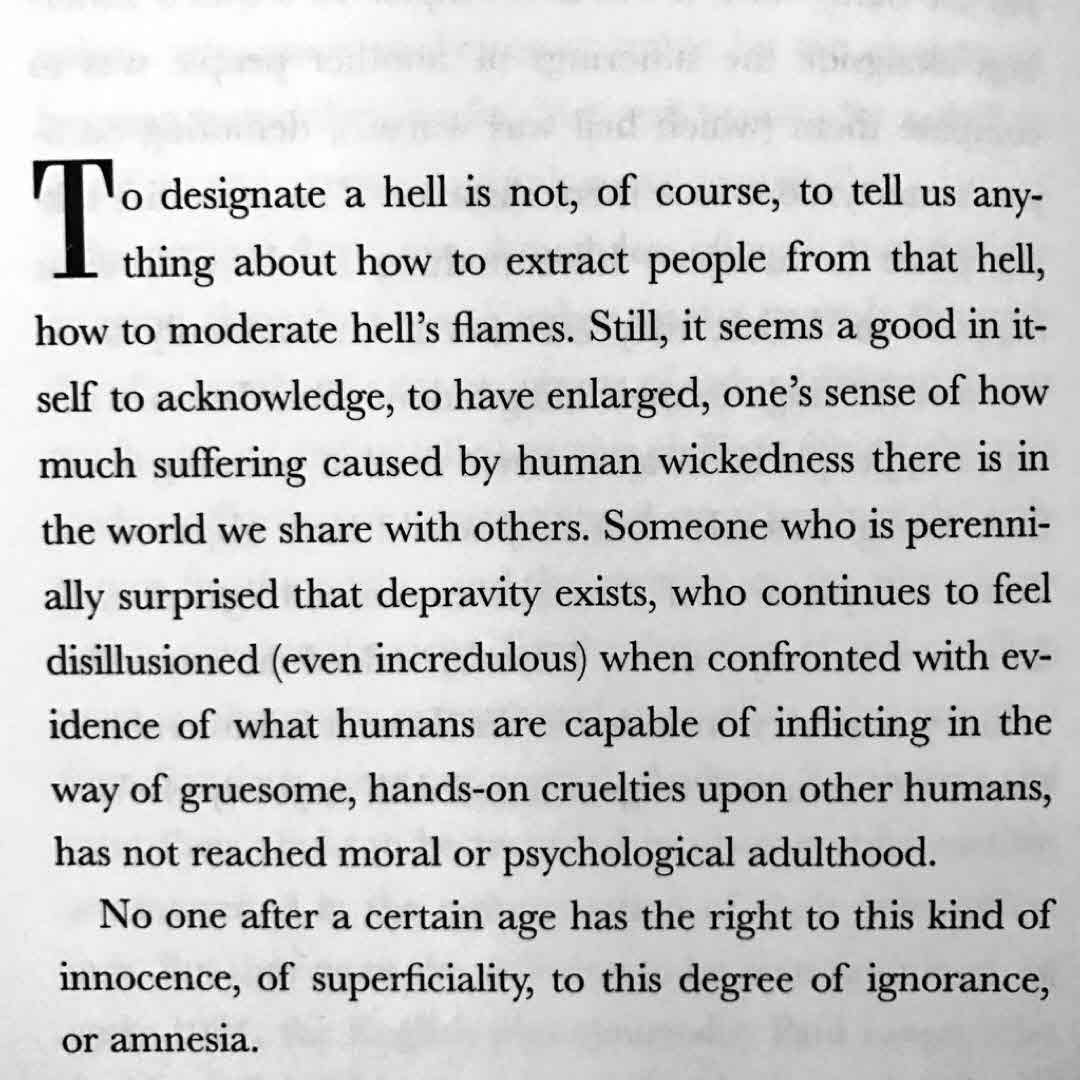
I think I've read more Sontag in 2015/2016 than any other individual author. It rarely matters what she decides to write about: she sees it differently.

p: "regarding the pain of yours..."
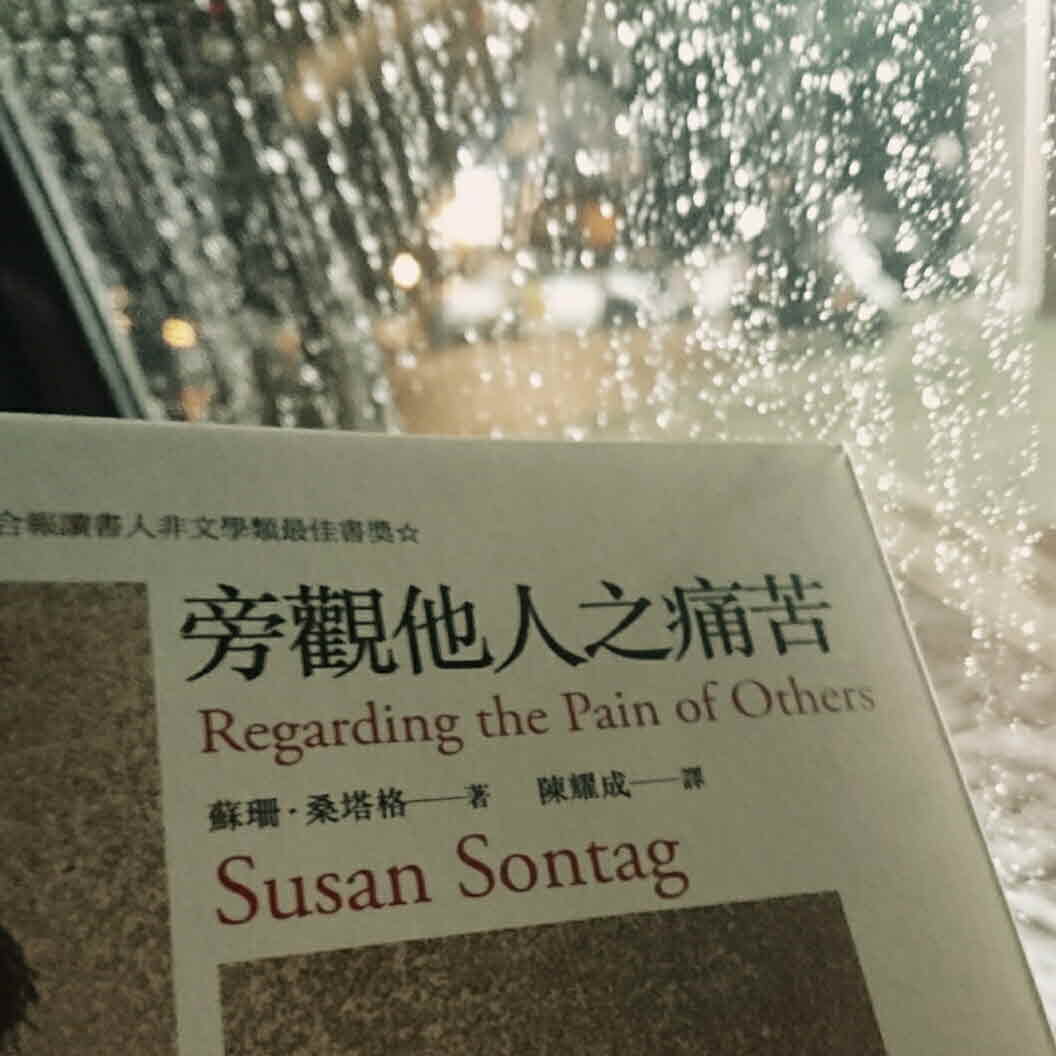
Have a day off tomorrow due to a typhoon. Gonna finish this one!
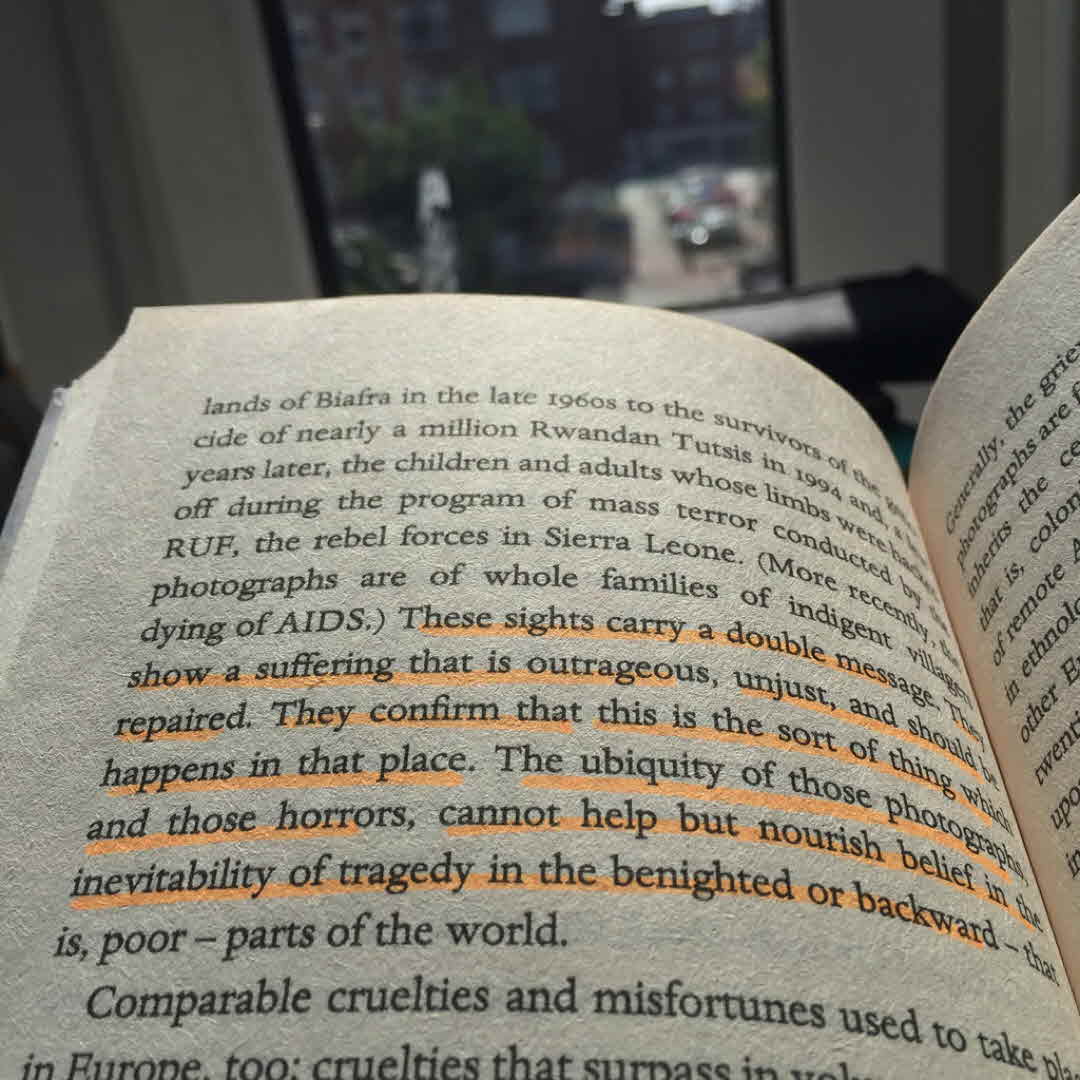
On uncensored photos with broken bodies: "These sights carry a double message. They show a suffering that is outrageous, unjust, and should be repaired. They confirm that this is the sort of thing which happens in that place. The ubiquity of those photographs, and those horrors, cannot help but nourish belief in the inevitability of tragedy in the benighted or backward- that is, poor - parts of the world.
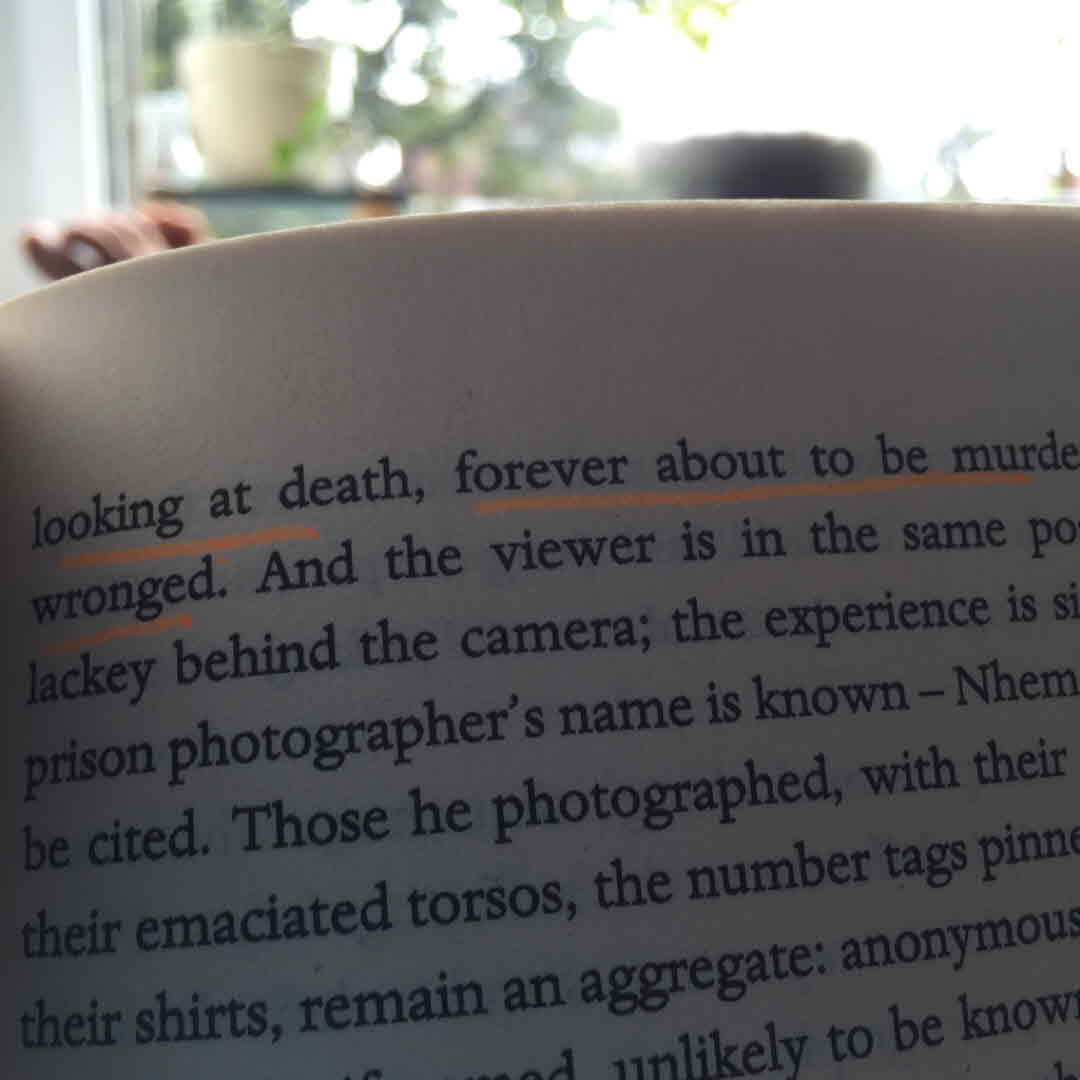
These Cambodian women and men of all ages, including many children, photographed from a few feet away, usually in half figure, are - as in Titian's The Flaying of Marsyas, where Apollo's knife is eternally about to descend - forever looking at death, forever about to be murdered, forever wronged.